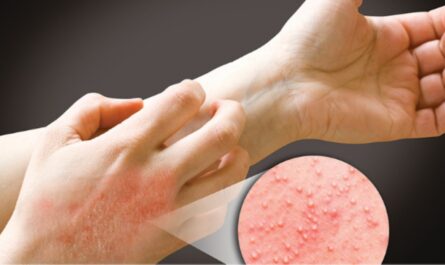Scientists in Japan have developed a groundbreaking plastic material with impressive properties. This new plastic is not only strong at room temperature but can also be easily broken down into its base components. What sets it apart is its ability to self-heal and remember past shapes. In addition, when submerged in seawater, it breaks down into food for marine life.
Plastic is a ubiquitous material in the modern world, serving a wide range of purposes. However, its durability makes it challenging to recycle or dispose of properly. The researchers at the University of Tokyo tackled this issue by creating a plastic material based on an epoxy resin vitrimer, a type of plastic known for its strength at room temperature and moldability when heated. To enhance its properties, they introduced a molecule called polyrotaxane to the mix.
The outcome of their efforts is a new plastic called VPR, which exhibits numerous advantages over similar materials. When scratched with a scalpel, VPR is capable of self-healing when heated to 150 °C (302 °F) for just 60 seconds. Furthermore, if it is molded into a specific shape and then flattened, it can automatically fold back into its original shape when heated. These processes occur much faster compared to other plastics of its kind.
Moreover, VPR is designed to be easily broken down once it is no longer useful. By applying heat and a specific solvent, the molecular bonds of VPR can be broken, leaving only the raw components ready to be used for another purpose. Even if it is improperly discarded into the environment, VPR poses less harm compared to other plastics. The researchers submerged it in seawater for 30 days and observed a 25% biodegradation rate, releasing molecules that serve as food for marine life.
The lead author of the study, Shota Ando, highlighted the superior properties of VPR compared to typical epoxy resin vitrimers. VPR is over five times more resistant to breaking, repairs itself 15 times faster, regains its original shape twice as quickly, and can be chemically recycled 10 times faster. Its ability to biodegrade safely in a marine environment is also a significant advancement.
The researchers suggest that this new material has the potential for various applications currently using traditional plastics. For instance, infrastructure materials for roads and bridges, which often incorporate epoxy resins mixed with compounds like concrete and carbon, could be strengthened and made more maintainable with VPR. Its unique characteristics, including being hard yet stretchable, could also facilitate strong bonding of materials with different hardness and elongation, such as in vehicle manufacturing.
In summary, the development of VPR represents a significant step towards addressing the challenges posed by traditional plastics. Its self-healing, recyclable, and marine-friendly properties make it a promising alternative material that could find widespread use in various industries.



